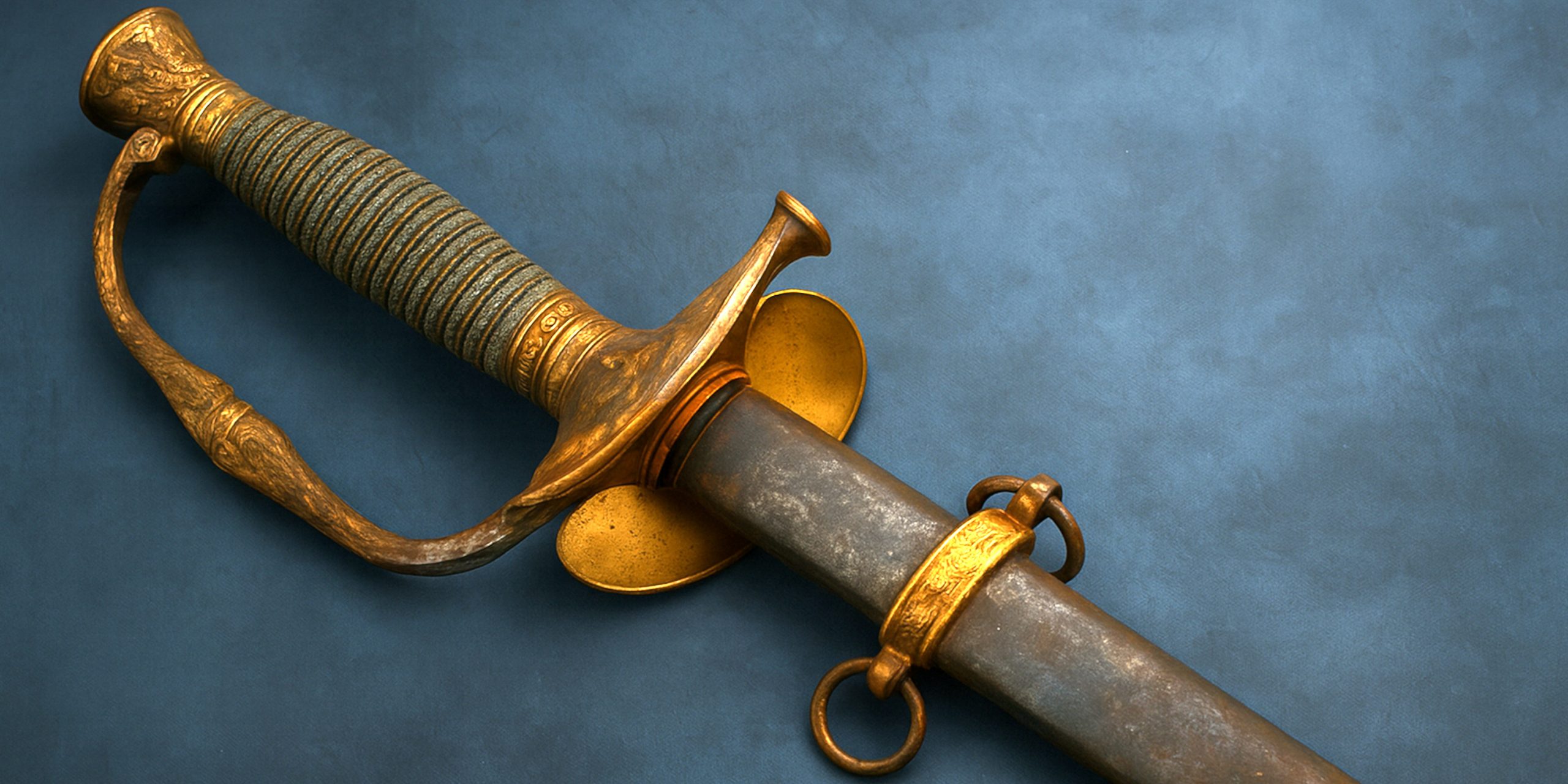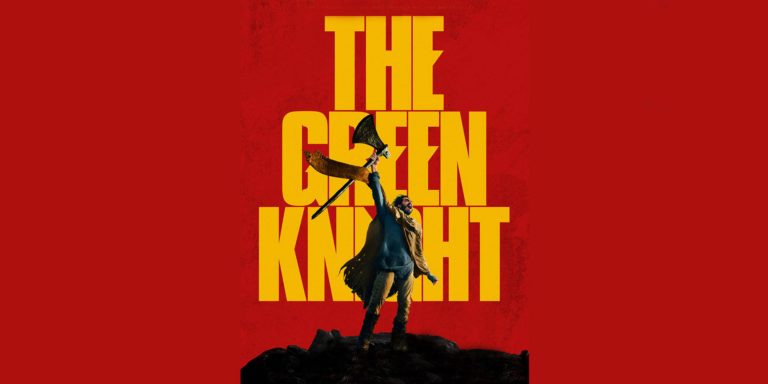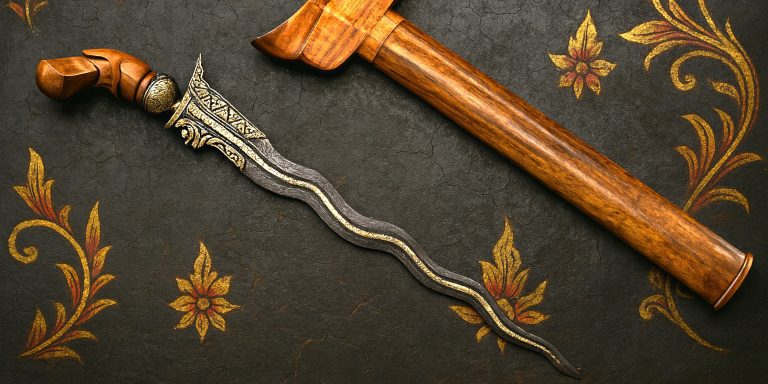
The US Model 1860 Staff and Field Officer’s Sword is one of the most refined and emblematic sidearms of the American Civil War era. Issued primarily to officers of field and staff rank, this sword was a symbol of authority, elegance, and distinction rather than a battlefield weapon. Its ornate design reflected the prestige of its bearers while aligning with the traditions of European military aesthetics that had influenced American sword-making since the early nineteenth century.
Specifications
| Feature | Description |
|---|---|
| Type | Staff and Field Officer’s Dress Sword |
| Origin | United States |
| Adopted | 1860 |
| Blade Length | Approximately 32 inches (81 cm) |
| Blade Type | Slightly curved, single-edged with a fuller |
| Grip | Sharkskin or leather-bound wood with gilt wire wrap |
| Hilt | Gilt brass with ornate guard featuring US motifs (typically an eagle and foliate patterns) |
| Pommel | Gilt brass with laurel designs |
| Scabbard | Steel or brass with gilt mounts and decorative engraving |
| Manufacturers | Ames Manufacturing Co., Horstmann & Sons, Tiffany & Co., and others |
| Users | Union Army officers (Field and Staff ranks) |
History and Evolution
- Origins and Adoption (1860):
The Model 1860 Staff and Field Officer’s Sword was officially adopted by the US Army as a ceremonial and service weapon for officers. It was a development from the Model 1850 series but refined for senior officers, incorporating European-inspired embellishments and lighter construction. - Civil War Era:
During the American Civil War (1861–1865), many officers purchased their own swords privately, leading to a variety of ornate examples from different makers. The sword was more a badge of office than a practical weapon, worn during parades, inspections, and formal duties. - Post-war Use:
After the Civil War, the Model 1860 remained in use into the late nineteenth century, gradually transitioning into a purely ceremonial item. Its aesthetic influence carried into the early twentieth century with later ceremonial officer’s sabres. - Manufacturing Variations:
While Ames produced most government-issue examples, high-ranking officers often commissioned more elaborate versions from firms like Tiffany & Co. These could feature gilt hilts, etched blades, and presentation inscriptions.
Advantages
- Elegant and Symbolic: Represented rank and status within the military hierarchy.
- Lightweight: Easier to wear during prolonged parades or administrative duties.
- Craftsmanship: High-quality materials and fine detailing, particularly on officer-purchased variants.
- Balance: Well-balanced for formal drill and ceremonial flourish.
Disadvantages
- Combat Ineffectiveness: Too light and fragile for serious battlefield use.
- Decorative Focus: Prioritised aesthetics over functionality.
- Maintenance: Gilt and etching required careful upkeep to preserve appearance.
- Limited Practicality: Functioned more as an accessory than a tool of war.
Comparison with Similar Weapons
| Sword | Era/Origin | Comparison |
|---|---|---|
| Model 1850 Staff & Field Officer’s Sword | USA, 1850 | Heavier and more suited for active field service; less ornate than the 1860 model. |
| Model 1850 Foot Officer’s Sword | USA, 1850 | Simpler design for lower-ranking officers; less decorative. |
| British Infantry Officer’s Sword (1822 Pattern) | UK | Influenced the American style; shared decorative motifs and curved blade form. |
| French Model 1845 Infantry Officer’s Sword | France | Clear inspiration for the M1860 design, especially in hilt and etching style. |
| Confederate Officer’s Swords | CSA, 1860s | Often patterned after the M1860 but with Southern symbols and locally made blades. |
Legacy
The US Model 1860 Staff and Field Officer’s Sword remains one of the most recognisable American military sidearms of the nineteenth century. It symbolises the blend of European refinement and American symbolism that defined mid-century officer equipment. Today, it stands as a cherished artefact among collectors, Civil War reenactors, and museums, representing both the pageantry and complexity of military life in that era.
Where to See
- Smithsonian National Museum of American History – Washington, D.C.
- West Point Museum – New York
- Gettysburg National Military Park – Pennsylvania
- Springfield Armory National Historic Site – Massachusetts
- Museum of the Confederacy (now part of the American Civil War Museum) – Richmond, Virginia
Many institutions exhibit examples belonging to notable officers, often featuring presentation inscriptions and unique design flourishes.
Collector’s Guide
Market Overview:
| Condition | Typical Price Range (GBP) | Notes |
|---|---|---|
| Excellent / Presentation Grade | £3,000–£8,000 | Often inscribed, gilt intact, and made by Tiffany or Horstmann. |
| Good / Standard Officer’s Model | £1,200–£2,500 | Light wear, some patina, often Ames-manufactured. |
| Fair / Service-Worn Example | £600–£1,000 | Blade staining or hilt wear common; still collectible. |
| Reproduction | £150–£400 | Suitable for reenactment, not investment grade. |
Collecting Tips:
- Verify manufacturer’s marks (Ames, Horstmann, or Tiffany).
- Check blade etching for authenticity; original etching is fine and shallow.
- Avoid overly polished examples which can reduce historical value.
- Provenance to a named officer dramatically increases desirability.
- Ensure scabbard fit and integrity; mismatched scabbards lower value.
Auction Highlights:
- Tiffany & Co. Presentation Sword (to Col. G. H. Elliot, 1863) – Sold at Rock Island Auction for approx. £9,500.
- Ames M1860 with original scabbard and inscription – Bonhams, £2,800.
- Horstmann Officer’s Sword with gilt fittings – Heritage Auctions, £3,200.
The US Model 1860 Staff and Field Officer’s Sword embodies the refinement and ceremonial splendour of nineteenth-century military culture. Though impractical as a combat weapon, it remains a striking reminder of the symbolism attached to rank, duty, and craftsmanship in the Civil War period. Its enduring legacy lies not in battle, but in the tradition, artistry, and pride it represents.



